Samsung Galaxy Z Fold 7 vs Galaxy Z Fold 6: what's changing?
The Galaxy Z Fold 7 is a huge leap forward, ready to fight the competition of today
We may earn a commission if you make a purchase from the links on this page.

Intro
Samsung’s latest foldables have officially landed — the Galaxy Z Flip 7 and Galaxy Z Fold 7 are no longer just pre-order promises. They’re on store shelves, shipping to doorsteps, and yes — we’ve already put them through our gauntlet of tests.
Here’s what’s new: the Fold 7 is noticeably slimmer, packs the 200 MP main camera lifted straight from the Galaxy S25 Ultra, and brings larger displays to both the cover and the inside screen. That’s a serious step up from last year — not just a facelift, but an actual design rethink.
So, evolution or revolution? Let’s dive in and see if the Z Fold 7 really earns its crown as the next big foldable thing.
Galaxy Z Fold 7 vs Galaxy Z Fold 6 differences:
| Galaxy Z Fold 7 | Galaxy Z Fold 6 |
|---|---|
| Significantly thinner, 8.9 mm when folded | Design closer to Z Fold 5, 12.1 mm folded |
| 215 g - super light foldable | 239 g a bit hefty |
| Wider cover screen - 21:9 like "normal" phone | 22.1:9 cover screen feels narrower |
| 6.5-inch cover and 8-inch internal screens | A 6.3-inch cover and 7.6-inch internal screens |
| Another round of display crease reduction | Crease was slightly improved, but still there |
| 2,600 nits peak brightness | 2,600 nits peak brightness |
| Triple rear camera (200MP+12+10MP) 10MP external selfie 10MP internal selfie | 50MP+12+10MP 10MP external selfie 4MP internal selfie |
| Snapdragon 8 Elite (3nm) | Snapdragon 8 Gen 3 (4nm) |
| 12GB / 256GB 12GB / 512GB 16GB / 1TB | 12GB / 256GB 12GB / 512GB 12GB / 1TB |
| 4,400 mAh battery | 4,400 mAh battery |
| 25W wired and 15W wireless charging expected | 25W wired and 15W wireless |
| IP 48 | IP 48 |
| Android 16 and One UI 8 out of the box | Updated to Android 15 / One UI 7 |
Table of Contents:
Read more:
Design and Size
Shaving off the millimeters
The Galaxy Z Fold 6 was flatter, sharper, and marginally lighter than the Fold 5 before it — but let’s be real, it was more iterative than innovative. With the Z Fold 7, Samsung is headed into the future of foldables... or catching up with the competition, as the new Z Fold 7 is about as thin as the Oppo Find N5 and the latest Honor Magic V5. All three are touted as the world's thinnest, and differences come to parts of a millimeter.
So, the Fold 7 is Samsung’s thinnest foldable yet — clocking in at just 8.9 mm when closed. That’s a huge drop from the 12.1mm of the Fold 6. Combine this with an external display that's now wider, with a 21:9 aspect ratio and 6.5-inch diagonal, and you have a foldable phone that feels "normal" when used in its closed state.
So, the Fold 7 is Samsung’s thinnest foldable yet — clocking in at just 8.9 mm when closed. That’s a huge drop from the 12.1mm of the Fold 6. Combine this with an external display that's now wider, with a 21:9 aspect ratio and 6.5-inch diagonal, and you have a foldable phone that feels "normal" when used in its closed state.
| Galaxy Z Fold 7 | Galaxy Z Fold 6 |
|---|---|
| Thickness 4.2 mm unfolded 8.9 mm folded | Thickness 5.6 mm unfolded 12.1 mm folded |
| Weight 215 gr | Weight 239 gr |
The inner screen is stretching out too, from 7.6 to 8 inches. It still doesn't get a multimedia aspect ratio or anything like that, but more canvas is always welcome. Foldables have been adapted to, and excel at, multi-tasking on those huge, almost square-ish internal screens. Now, we get more room to do that in.
The hinge has also been reinforced, again, with titanium components. Samsung is using a 50% thicker ultra-thin glass for the main screen — yeah, say that 10 times fast. Basically, the point is to make the crease a little bit shallower and less noticeable. And it is... I know that pictures under studio lighting, where we are deliberately trying to catch a reflection does show a crease. But in real life it's barely there — even when running a finger across it.
The hinge has also been reinforced, again, with titanium components. Samsung is using a 50% thicker ultra-thin glass for the main screen — yeah, say that 10 times fast. Basically, the point is to make the crease a little bit shallower and less noticeable. And it is... I know that pictures under studio lighting, where we are deliberately trying to catch a reflection does show a crease. But in real life it's barely there — even when running a finger across it.
We still get IP48 water-and-dust resistance, which means that it can survive a dunk in some clean water, but can't really keep specks of dust or sand out. So, don't be rolling on the beach with your Z Fold is the only advice we can give.
Display Differences
Bigger is always better
Both displays on the Galaxy Z Fold 7 are growing, but the real win is in the proportions. The outer screen’s width bump drastically improves the usability of the Z Fold 7 as a "normal" phone, while the inner screen’s slight size increase will be better for general quality of life usage.
Samsung’s excellent Dynamic AMOLED 2X panels aren’t going anywhere — we get buttery-smooth 1-120Hz refresh rates, high resolution, and searing brightness that can hit 2,600 nits peak. Actually, most of the display specs, minus the sizes, seem to be the same as the Z Fold 6's.
Samsung’s excellent Dynamic AMOLED 2X panels aren’t going anywhere — we get buttery-smooth 1-120Hz refresh rates, high resolution, and searing brightness that can hit 2,600 nits peak. Actually, most of the display specs, minus the sizes, seem to be the same as the Z Fold 6's.
| Galaxy Z Fold 7 | Galaxy Z Fold 6 |
|---|---|
| Cover screen 6.5 inches | Cover screen 6.3 inches |
| Main screen 8.0 inches | Main screen 7.6 inches |
You will notice that, even though both screens are rated to have 2,600 nits peak brightness, the Galaxy Z Fold 6 measures quite low at 20% APL (basically "real-life simulation" scenario). That's because the phone often limits its max brightness capabilities to prevent heating issues (or is just having a bad day). It used to be an issue users complained about. Glad to see Samsung fixed it in a phone with a much thinner body!
But the rest is the same — the excellent minimum brightness for nighttime use to the very-good-but-still-OLED color accuracy. Of course, both these phones have multiple color calibration options — you can go for vivid or basic colors, you can activate Adaptive color tone and Eye comfort shield to filter out those blues.
Both phones have the fingerprint scanner embedded in the power button. The Z Fold 7 does something cool with the scanner — when registering a new print, you no longer need to awkwardly shift and place the finger down again. You just swipe across it multiple times! At this point, we don't know if that'll come to the Z Fold 6 with the One UI 8 update, or if its a Fold 7 thing. We do know that both scanners are super snappy and accurate, though!
Performance and Software
Elitism vs Snapdragon the Third
The Galaxy Z Fold 7 has a Snapdragon 8 Elite for Galaxy — the same chip that delighted us from inside the latest Galaxy S25 series. It's built on a 3 nm process, and is probably the most powerful processor you can find on an Android phone right now.
By comparison, the Fold 6 runs on the tried-and-true Snapdragon 8 Gen 3 for Galaxy, which is still absolutely great.
RAM is 12 GB at the starting tiers. But if you upgrade to 1 TB of storage on the Z Fold 7, Samsung packages those with 16 GB RAM now. By comparison, the Z Fold 6 gives you 12 GB RAM across all storage tiers.
| Galaxy Z Fold 7 | Galaxy Z Fold 6 |
|---|---|
| Chip Qualcomm Snapdragon 8 Elite for Galaxy | Chip Qualcomm Snapdragon 8 Gen 3 for Galaxy |
| Process 3nm | Process 4nm |
| RAM, Storage 12GB/256GB 12GB/512GB 16GB/1TB LPDDR5X RAM UFS 4.0 storage | RAM, Storage 12GB/256GB 12GB/512GB 12GB/1TB LPDDR5X RAM UFS 4.0 storage |
RAM is 12 GB at the starting tiers. But if you upgrade to 1 TB of storage on the Z Fold 7, Samsung packages those with 16 GB RAM now. By comparison, the Z Fold 6 gives you 12 GB RAM across all storage tiers.
Productivity-wise — we already knew the new Snapdragon 8 Elite is a beast. This is just yet another set of benchmarks that proves it, basically making the Snapdragon 8 Gen 3 look like it's old news. Well, if I may interject — it's not that the old chip is obsolete, the truth is that both of these processors are actually overkill. They are more powerful than what you'd need to run anything from the Play Store right now. So... that also makes them future-proof with all that headroom!
Video-wise, we have another jump forward, but this one is far less of a leap. And, in reality, this is where we want to see more improvements in mobile chipsets — the dangling balance between GFX super power, power-efficiency, and thermal management. The Z Fold 7 is, of course, a pretty good move forward despite its thin body.
Software-wise, the Fold 7 could debuts with Android 16 and One UI 8! Kind of funny here, as we just got done with the huge round of Android 15 updates for older Samsung flagships. Let's not start with the jokes about when we are going to get Android 16 on those, OK? OK? Fine, just one...
Thus far we couldn't see a lot of new tricks with One UI 8, aside from Gemini being optimized to work flawlessly between the different screens of the Fold, and being easier to access from the screen.
Both devices enjoy Samsung’s new 7-year software update policy, which is great future-proofing, so long as these updates are timely from now on. That means the Z Fold 6 should be good up until 2031, and the Z Fold 7 — 2032.
Camera
Finally, a Fold with flagship optics
Cameras have always been the weak spot for Samsung’s Fold line. You typically had a choice — if you want a camera phone, you go for the S25 Ultra. If you want the big screen and multitasking, you take a hit on the latest camera specs and go for the Z Fold. But that's changing with the Z Fold 7, which now rocks a new 200MP main sensor. Well, not new — it's the Galaxy S25 Ultra camera!
The rest of the setup? Business as usual: 12MP ultrawide, 10MP 3X telephoto, and a pair of inner and cover selfie cameras that get the job done without fanfare.
PhoneArena Camera Score:
Our standardized camera test shows that the camera performance is about the same. Yes, that main sensor does score a couple of points more with slightly better dynamics, exposure predictability, and details. But slightly is the key word here. Check out the samples below for yourself!
| Galaxy Z Fold 7 | Galaxy Z Fold 6 |
|---|---|
| Main camera 200MP | Main camera 50MP |
| Ultrawide 12MP | Ultrawide 12MP |
| Telephoto 10MP 3X | Telephoto 10MP 3X |
| Cover selfie 10MP | Cover selfie 10MP |
| Internal selfie 10MP punch-hole | Internal selfie 4MP under-display |
Compare that to the Fold 6, which kept the same 50MP main camera we’ve seen since the Fold 4. A solid sensor, but hardly exciting in 2025.
Also note that the Galaxy Z Fold 7 upgrades the internal camera to a 10 MP sensor. It's no longer under the screen, does that matter? At least we get a video call camera that doesn't look like a 480p from 2008.
Also note that the Galaxy Z Fold 7 upgrades the internal camera to a 10 MP sensor. It's no longer under the screen, does that matter? At least we get a video call camera that doesn't look like a 480p from 2008.
Main Camera
The biggest difference you'll find here is in the main camera. That's because the Z Fold 7 gets the 200 MP sensor from the Galaxy S25 Ultra — no joke there. When we compare them side by side... and squint a bit — yeah, it's a bit better. Truth be told, the 50 MP snapper on the Z Fold 6 is already doing pretty well. But the new camera does have a pinch of a wider dynamic range, and just a bit less artificial oversharpening, thus more realistic looking fine detail.
The differences are further underlined at night time. Again, subtle, but visible. There's a bit more dramatic contrast from the Z Fold 7 that gives you a better perception of how light sources affect the scene, while the Z Fold 6 tends to flatten out the dynamics a bit.
Zoom Quality
These are not marketed as zoom phones, but they do have 3x telephoto lenses as a jump off point. In these 10x samples, it's clear that the Galaxy Z Fold 7 is capable of preserving more detail, better dynamics and colors, and better contrast when zooming in.
Ultra-wide Camera
The ultra-wide cameras are the same on spec, but we can see slight differences in processing. Mainly with color cast — the Z Fold 6 leans towards the warmer yellow-ish hues. But dynamics and details appear pretty similar.
Selfies
Again, same spec, but different results. Dynamics and colors appear mostly the same, but the Z Fold 7 is far less aggressive with oversharpening. As a result, fine details appear less jagged and more realistic — "soft detail".
More Camera Samples
Video Quality

While the Samsung post-processing is excellent on both, we can spot the 200 MP main sensor of the Z Fold 7 giving us a slightly clearer image. Pixel-peeping shows a bit better detail, and contrast treatment is slightly more pleasing. Though, the footage from the Z Fold 6 is still nothing to snark at.
Battery Life and Charging
Same old cells, same old story
Samsung isn’t rocking the boat here. The Fold 7 has a similar 4,400mAh battery to the Fold 6, with no sign of those fancy new silicon-carbon cells that push the 6,000 mAh limit.
Charging speeds? Also unchanged. The Fold 6 tops out at 25W wired and 15W wireless, and the Fold 7 sticks to those numbers. Again, Samsung has been incredibly conservative with its battery upgrades ever since the big Galaxy Note 7 debacle years ago. Better to be safe than sorry!
Charging speeds? Also unchanged. The Fold 6 tops out at 25W wired and 15W wireless, and the Fold 7 sticks to those numbers. Again, Samsung has been incredibly conservative with its battery upgrades ever since the big Galaxy Note 7 debacle years ago. Better to be safe than sorry!
PhoneArena Battery and Charging Test Results:
Battery life on the Fold 6 was okay — roughly a day of moderate use, especially if you can't get enough of that internal screen. We were hoping that the Fold 7’s efficiency gains might stretch the playtime out a bit, but quite the opposite. For casual tasks, the use time between both phones is more or less the same. For 3D gaming and — by extension — heavy processing apps, the Z Fold 7 drains its battery a step faster.
Specs Comparison
Here are the cliff notes, but you can check out our full page on Galaxy Z Fold 7 vs Galaxy Z Fold 6 specs:
| Galaxy Z Fold 7 | Galaxy Z Fold 6 |
|---|---|
| Size, weight 43.2 x 158.4 x 4.2 mm (8.9 mm folded) 215 gr | Size, weight 153.5 x 132.6 x 5.6 mm (12.1 mm folded) 239 gr |
| Screen 8.0" OLED internal, 120Hz, 2600 nits 6.5" OLED external, 120Hz 2600 nits | Screen 7.6" OLED, 120Hz, 2600 nits 6.3" OLED, 120Hz, 2600 nits |
| Processor Snapdragon 8 Elite for Galaxy 3nm | Processor Snapdragon 8 Gen 3 for Galaxy 4nm |
| Versions: 12GB/256GB 12GB/512GB 16GB/1TB LPDDR5 | Versions: 12GB/256GB 12GB/512GB 12GB/1TB LPDDR5 |
| Cameras: 200MP main 12MP ultra 10MP 3X zoom 10MP front 4MP internal front | Cameras: 50MP main 12MP ultra 10MP 3X zoom 10MP front 4MP internal front |
| Battery: 4,400 mAh | Battery: 4,400 mAh |
| Charging: USB-C 25W wired 15W wireless | Charging: USB-C 25W wired 15W wireless |
Also read:
Summary
The Galaxy Z Fold 7 finally took a leap and brought upgrades that fans have been craving. Mostly about the design — the industry is moving in the direction of super-thin foldables, because that's what users seem to respond to.
Now, something to consider — the thinner Z Fold 7 comes at a price. No, not the $200 price increase. It will literally cost you the S Pen support. No room for a Wacom digitizer when your phone is only 4.2 mm thick! If you recall, some months ago, Samsung launched a Galaxy Z Fold Special Edition in Korea — it was thinner, lighter, and didn't support the S Pen. Back then, I hypothesized that the company is probably testing the waters, to see if users will prefer a thinner, S Pen-less foldable.
For the time being, the Z Fold 7 looks like the superior phone. Slightly better camera, much better design, size, and weight. The Z Fold 6 is your option if you are not ready to say "goodbye" to the S Pen case. Other than that and price, I don't see many reasons to pick the old Z Fold 6 over the new Z Fold 7!
Follow us on Google News


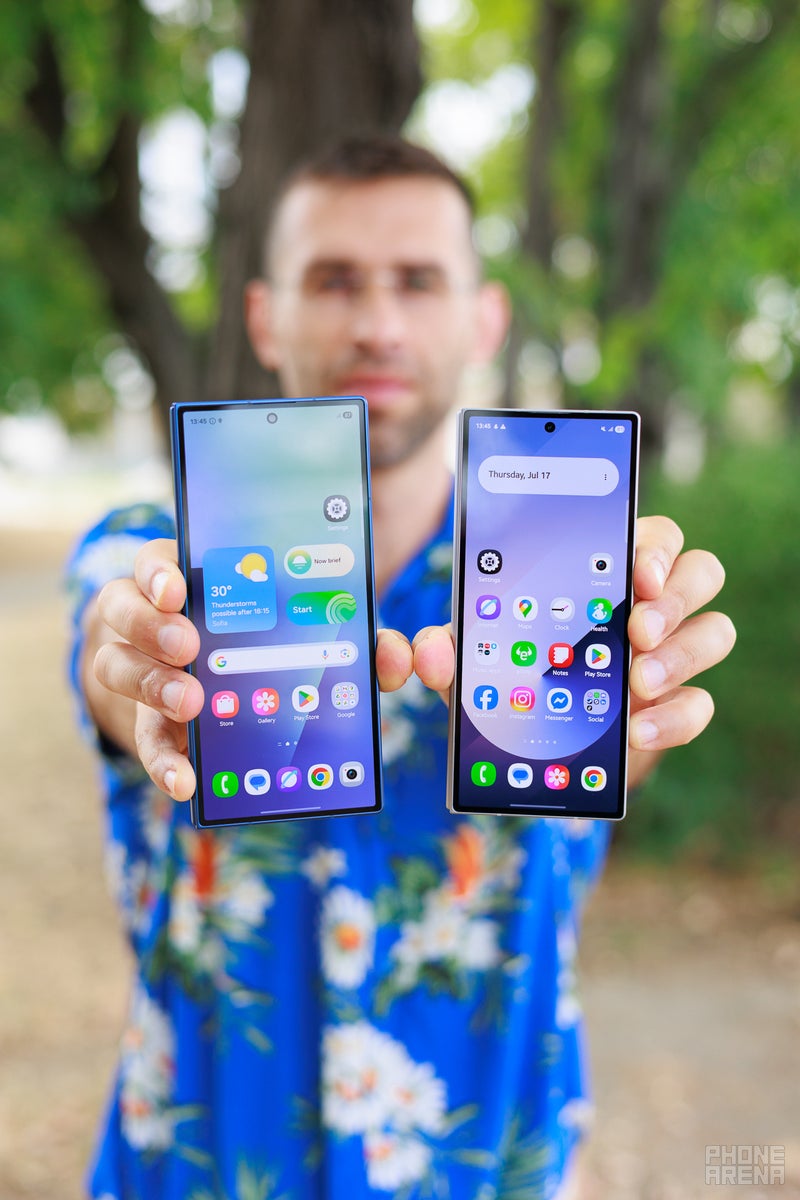
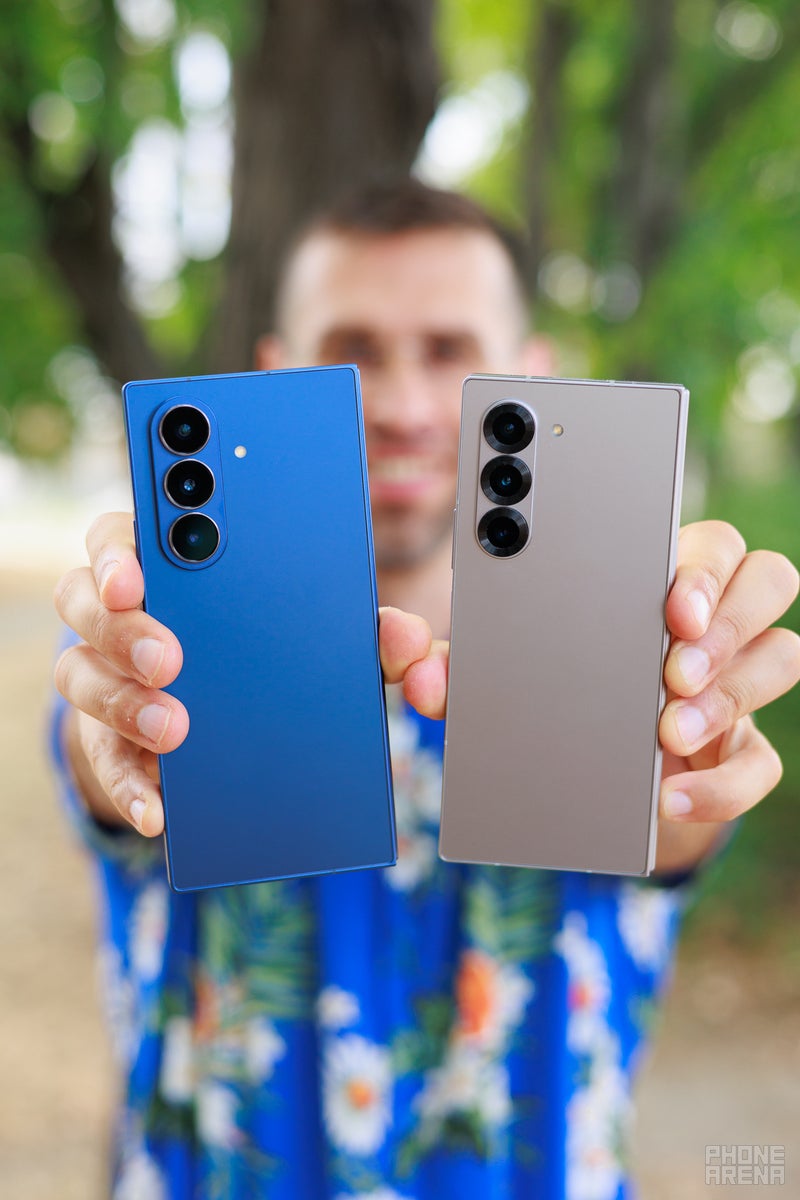

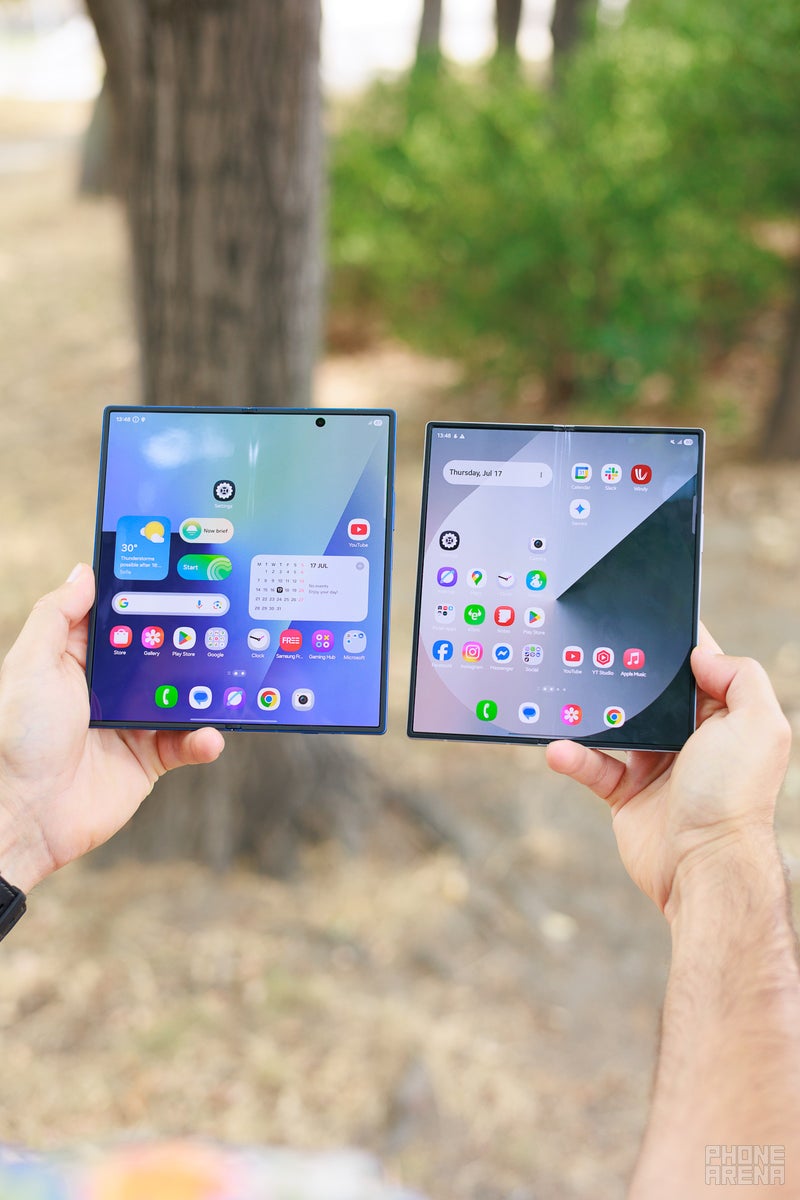
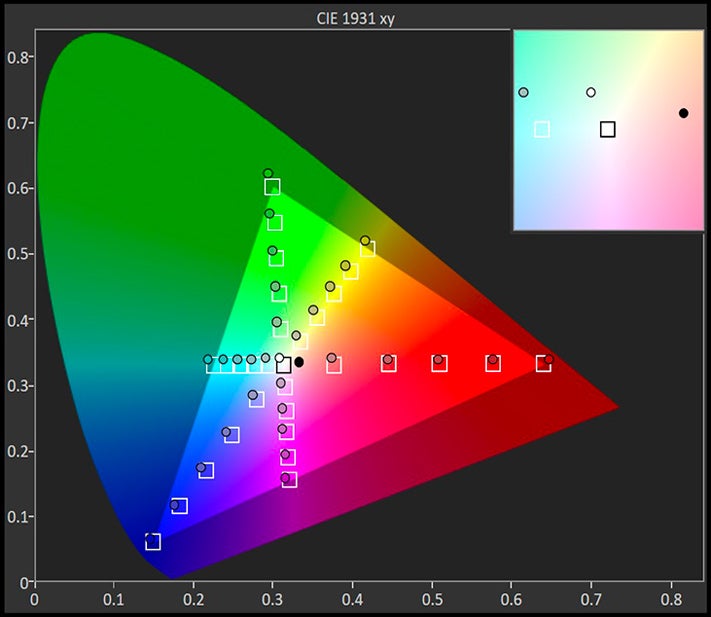





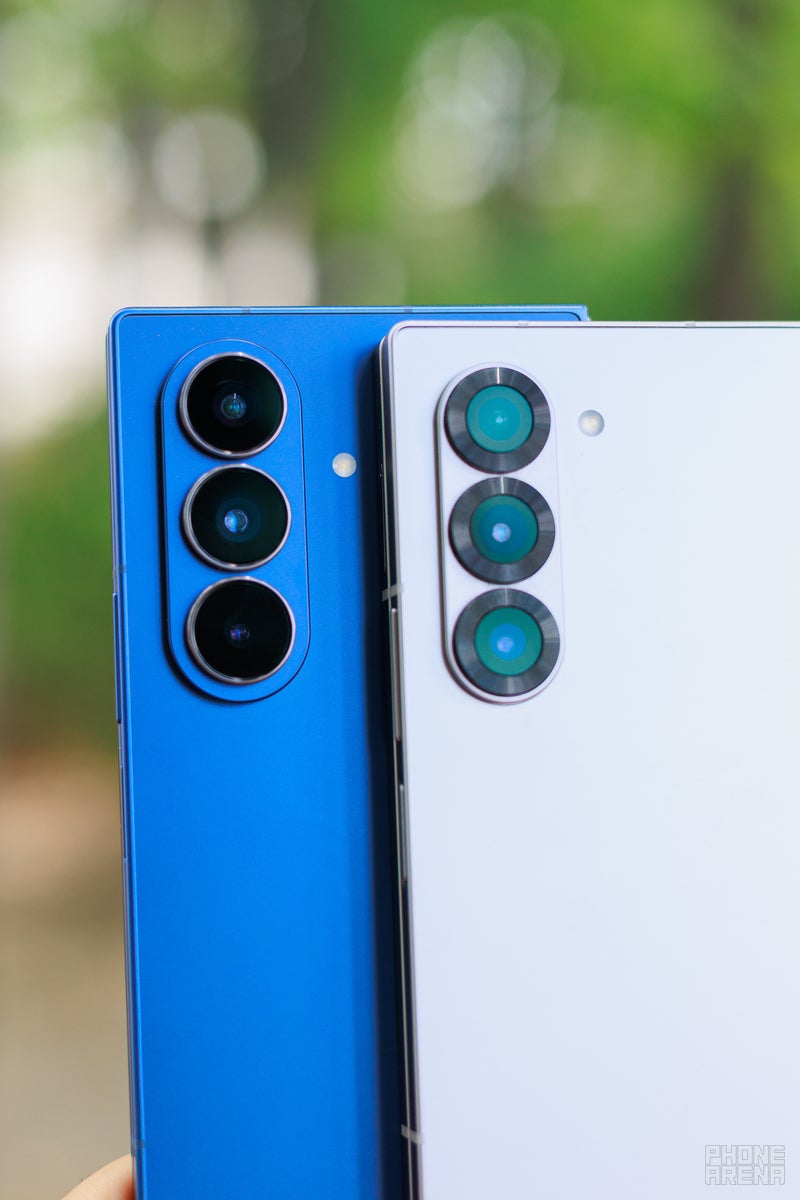
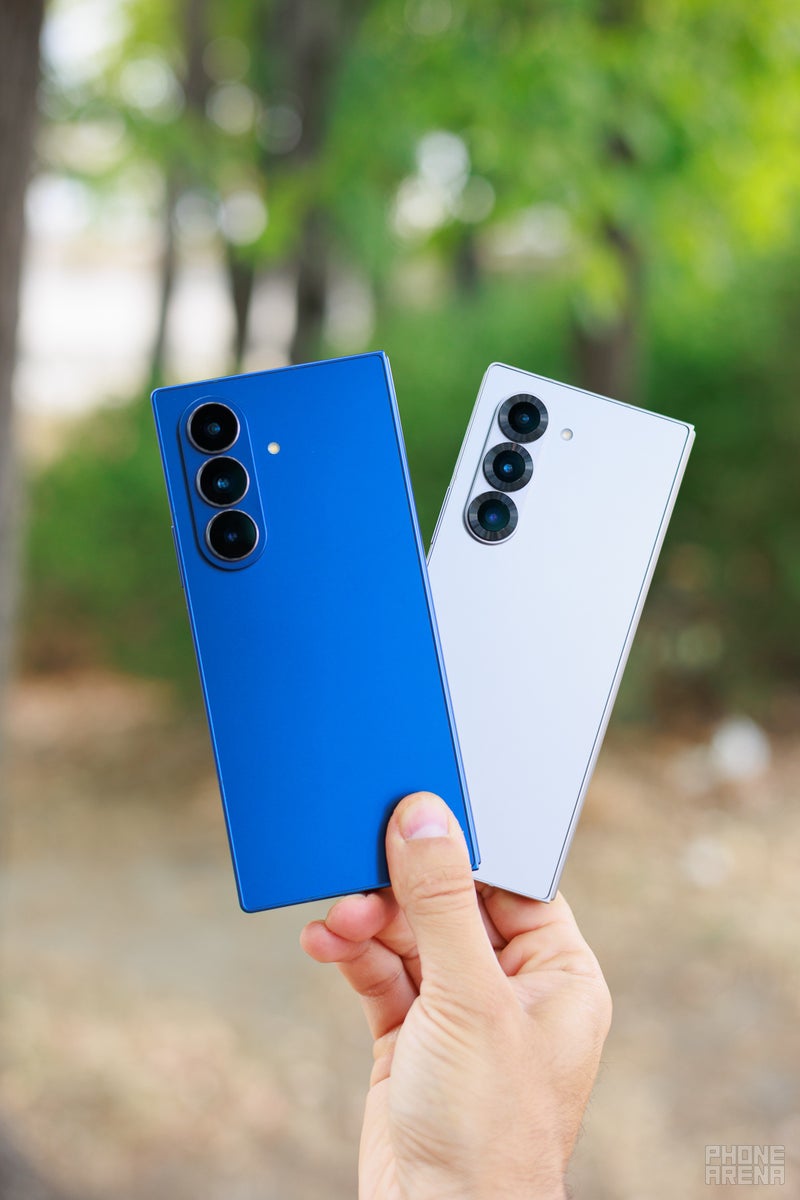
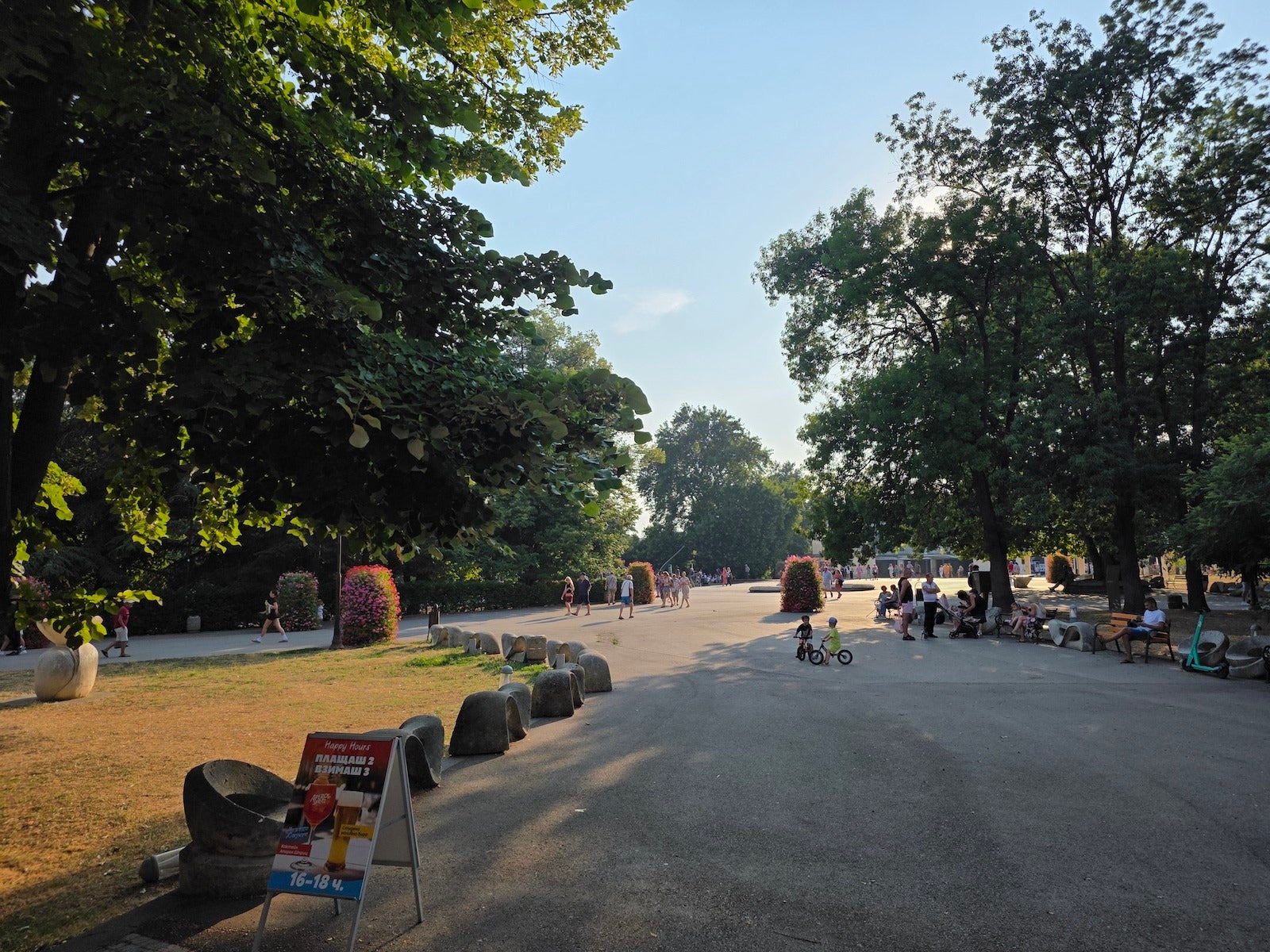
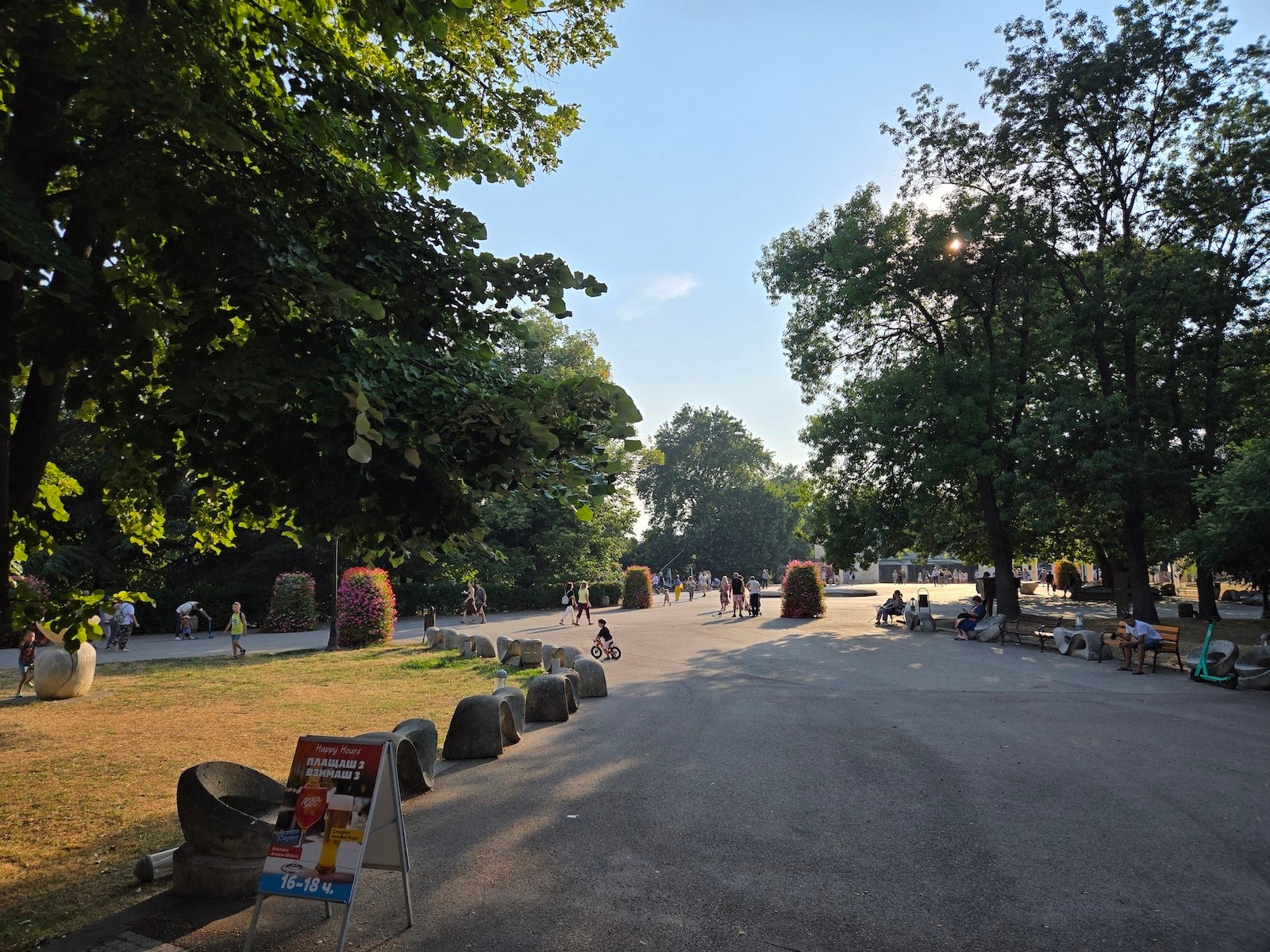
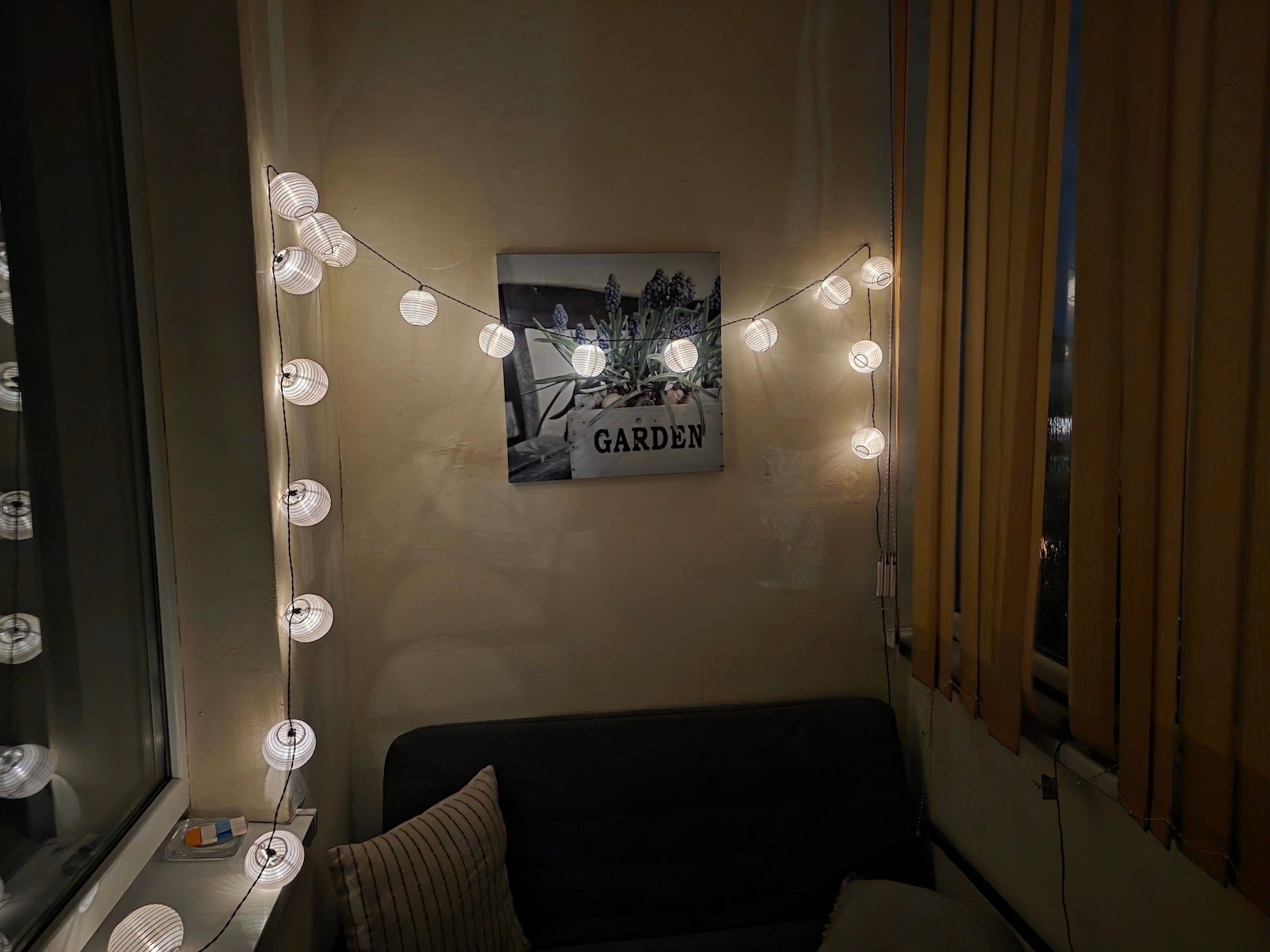
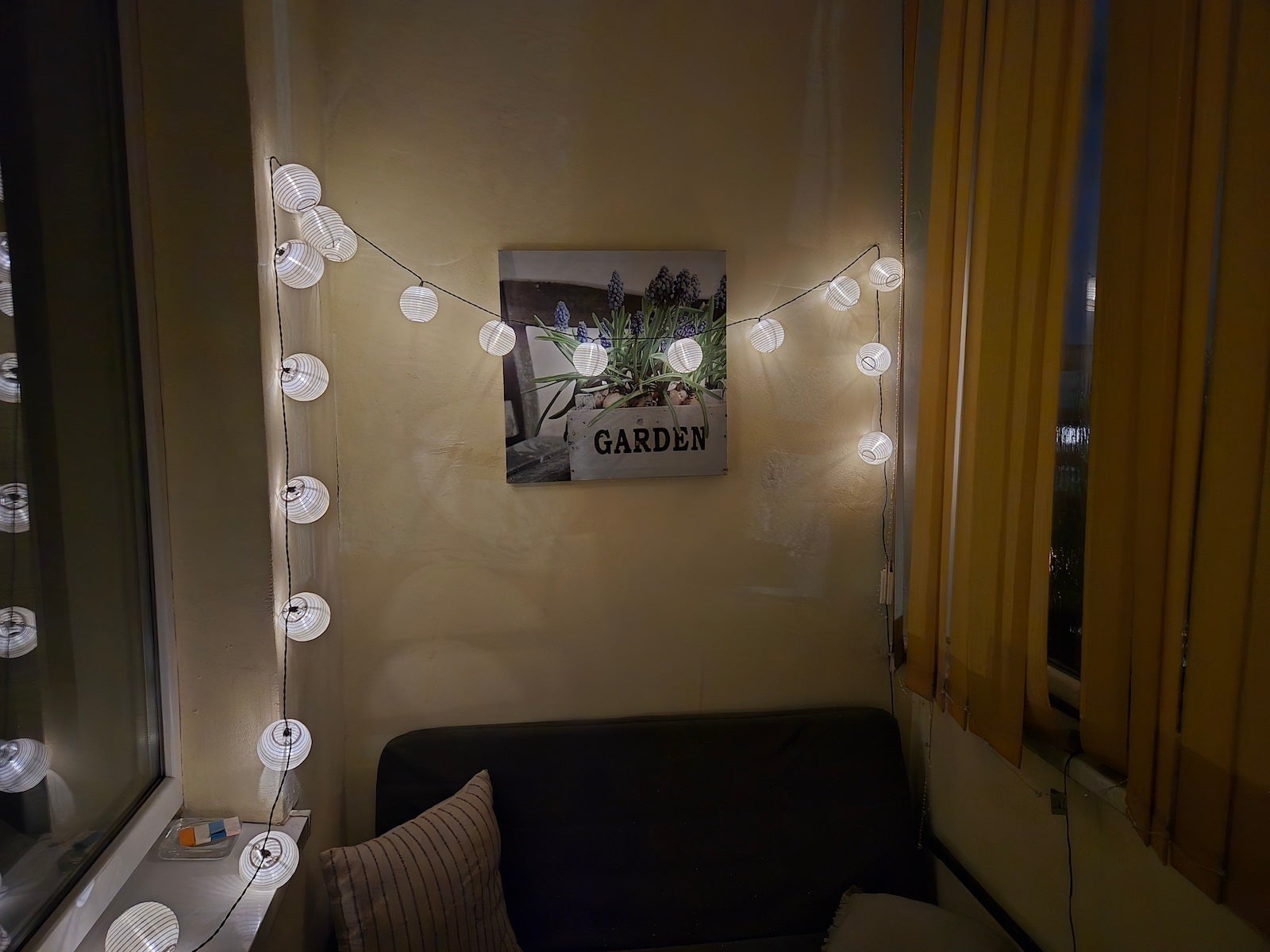


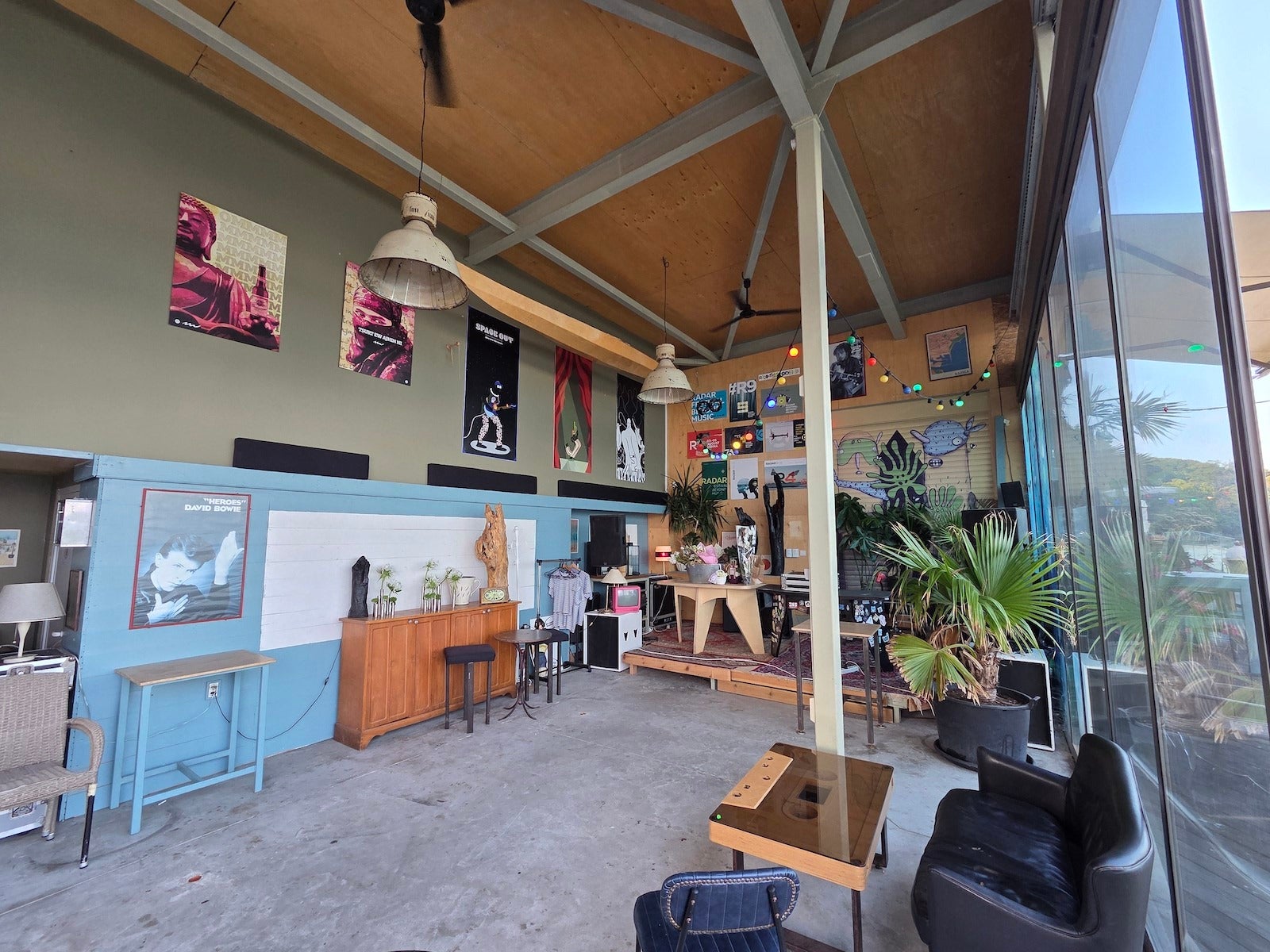
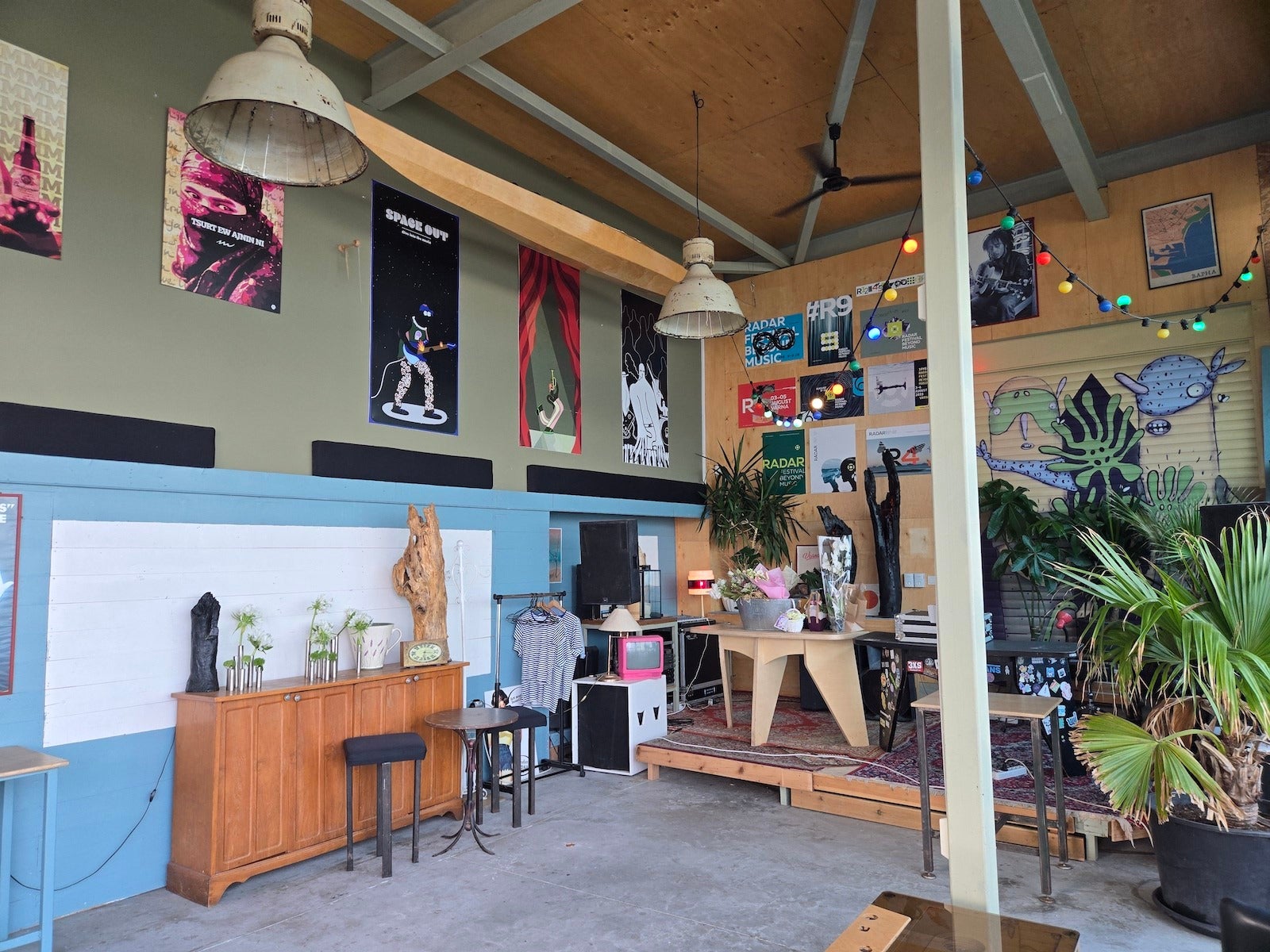

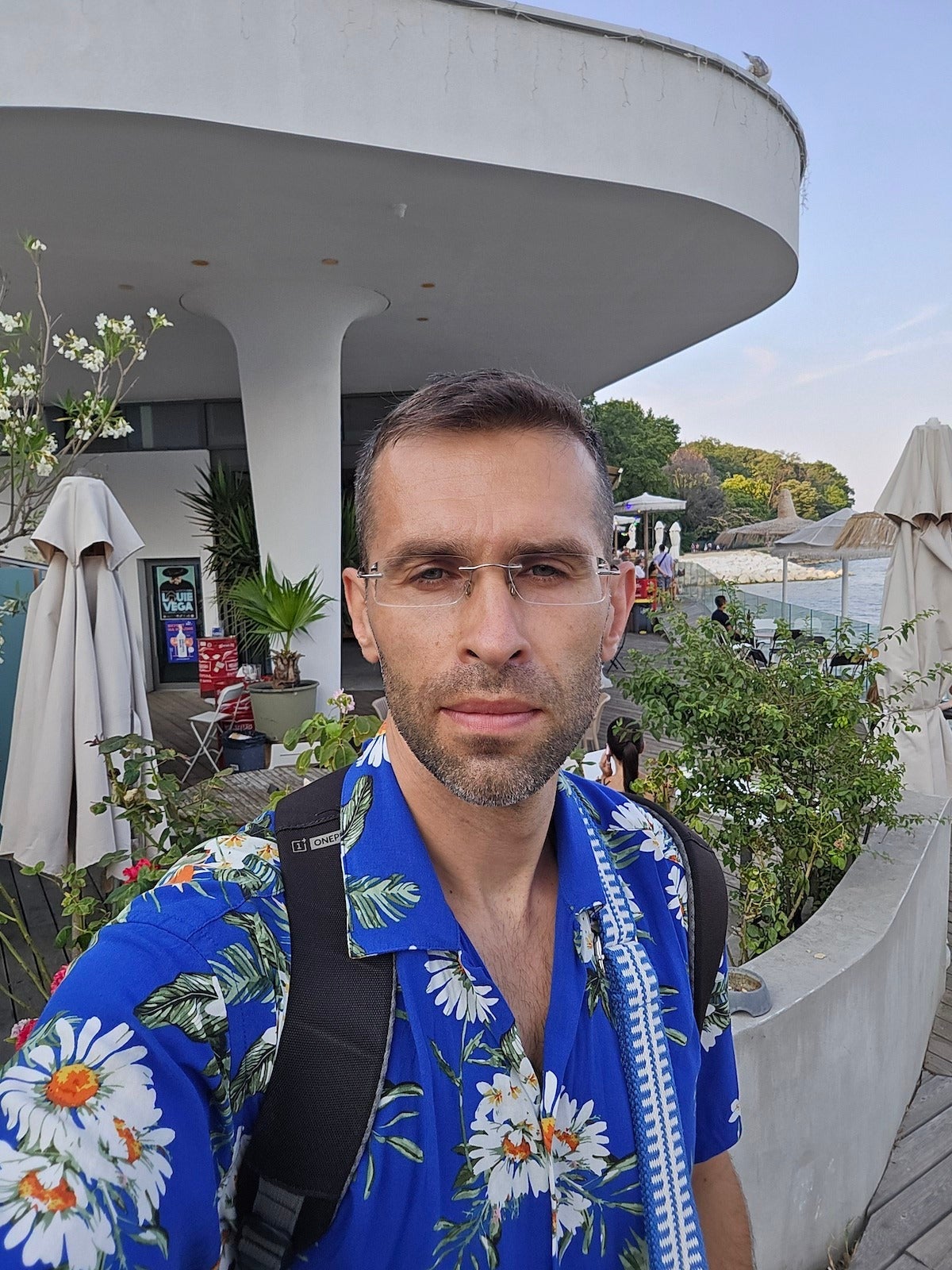
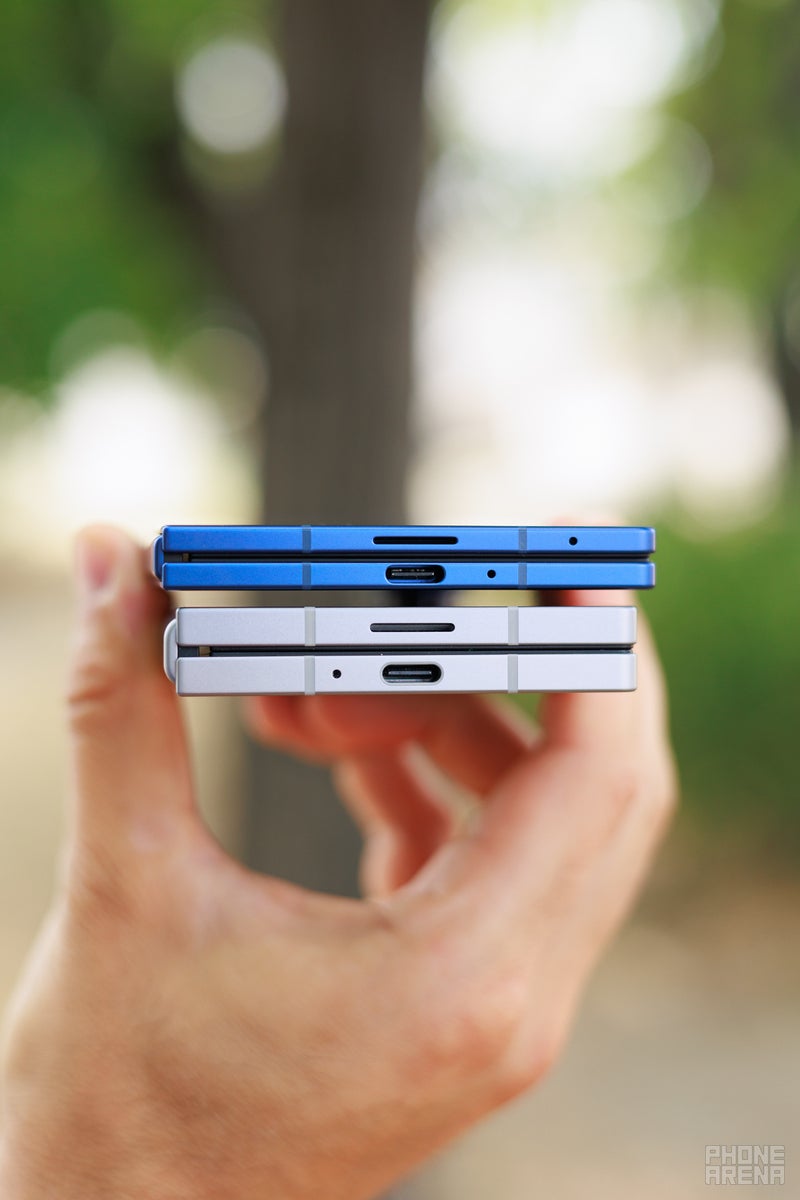
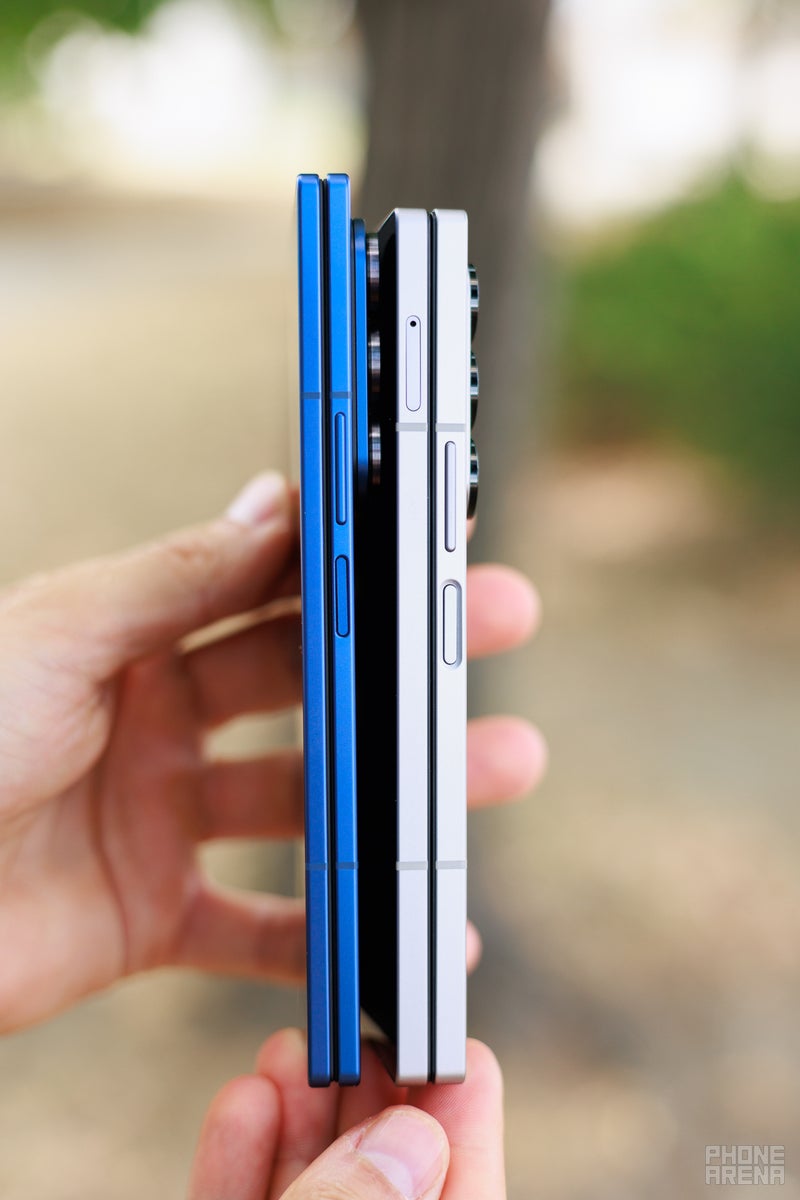
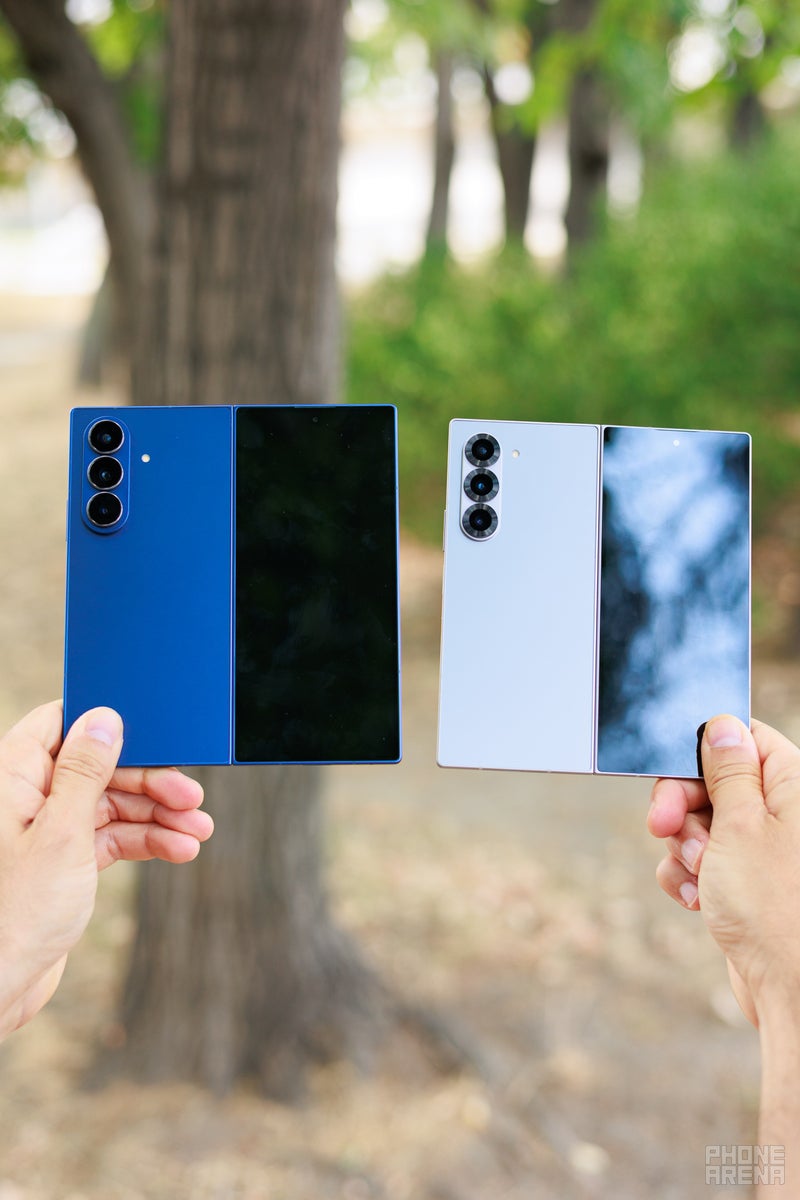
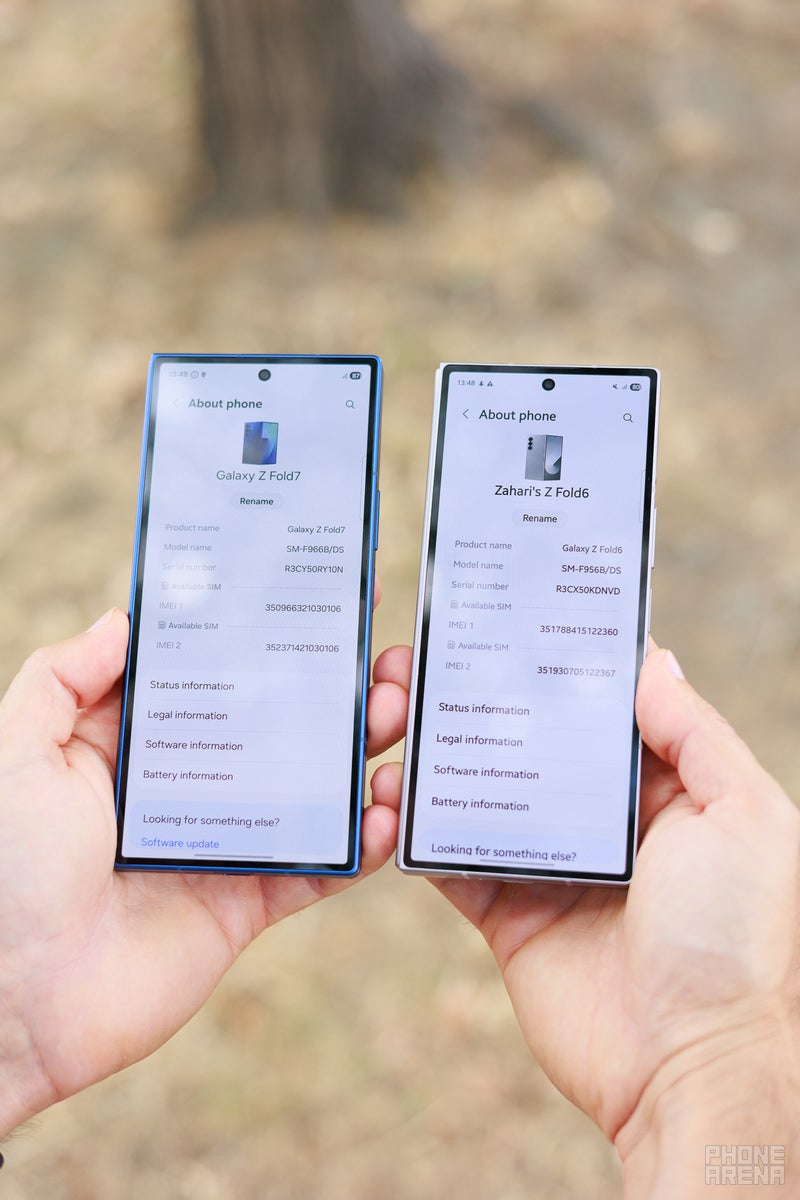



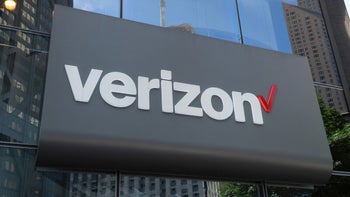
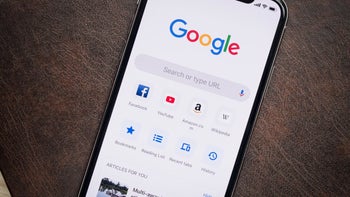
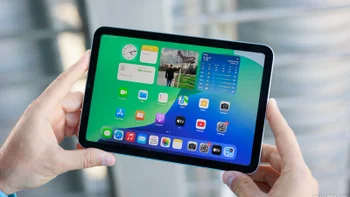
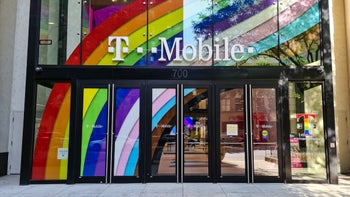
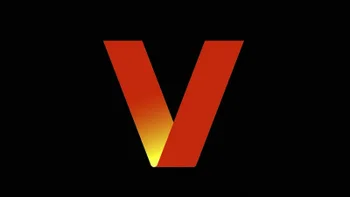
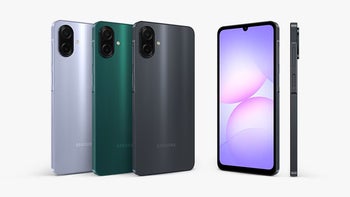
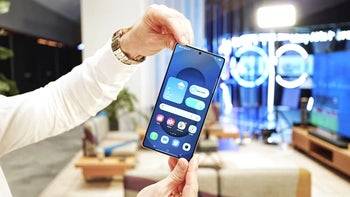
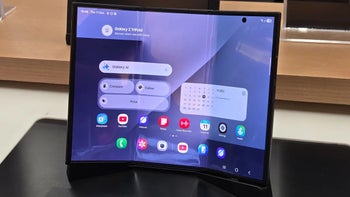
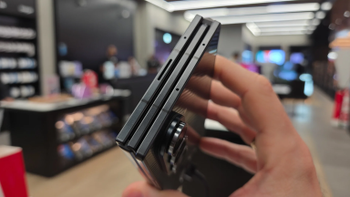
Things that are NOT allowed:
To help keep our community safe and free from spam, we apply temporary limits to newly created accounts: